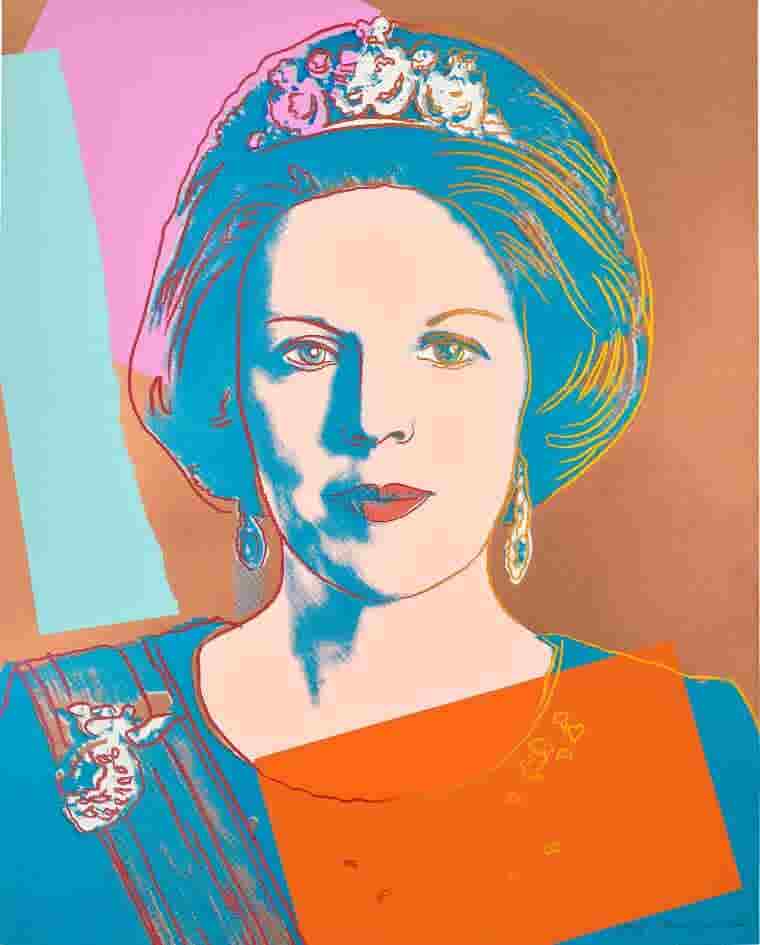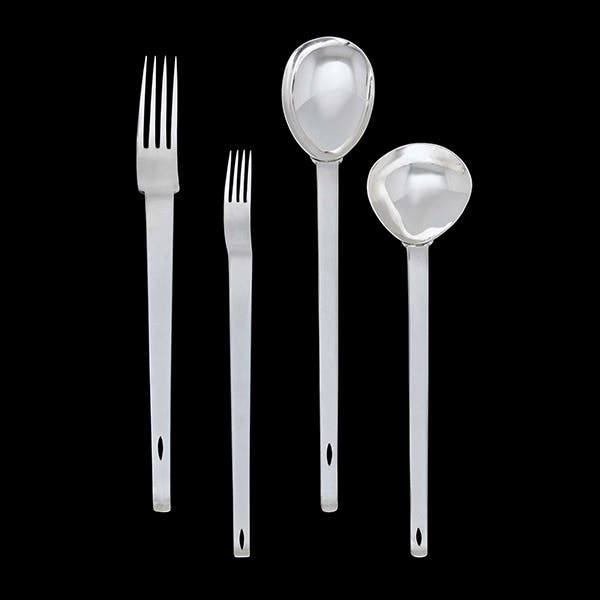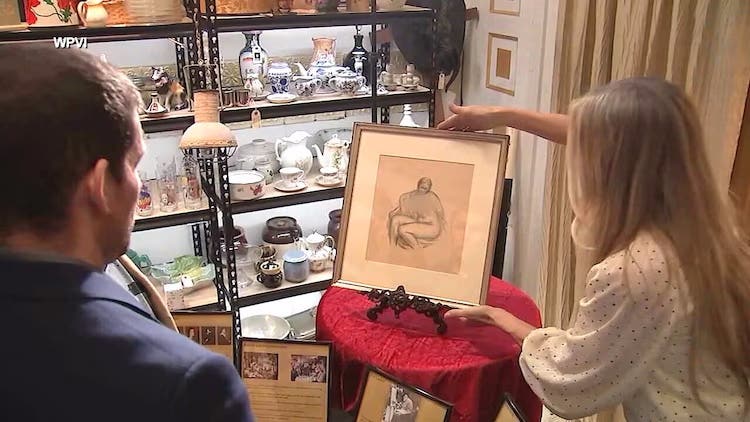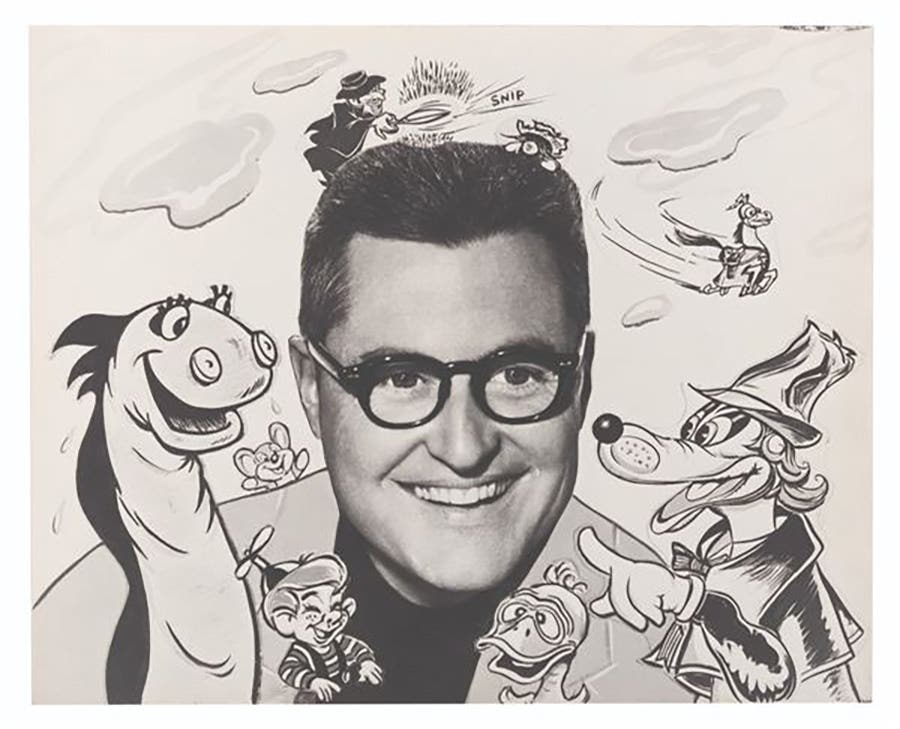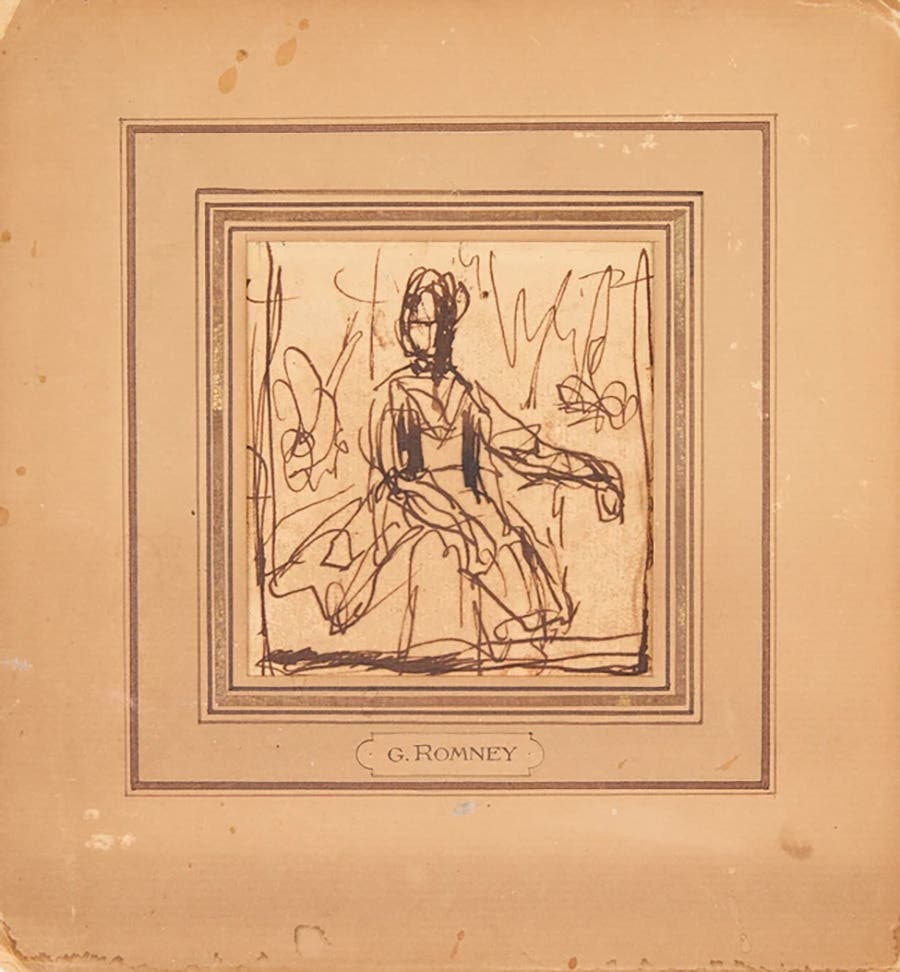A Meowsterpiece Revisited
In observance of Oct. 29 being National Cat Day, here’s the story behind ‘My Wife’s Lovers,’ one of the most celebrated paintings of felines.
While on a trip to Paris sometime in the late 1800s, Kate Birdsall Johnson, a millionairess from San Francisco, became enamored with a big, handsome Persian cat with green eyes. A huge cat lover, especially of fancy Persian and Angora breeds, she knew she had to have him. When she was told he wasn’t for sale, she asked what his value was and offered double the amount. That did the trick and she brought him back home with her for $3,000.
The cat, named Sultan, became the center star of an 1891 painting, My Wife’s Lovers, by Austrian artist Carl Kahler. The artwork, which survived the devastating San Francisco earthquake of 1906, has been called “the world’s greatest painting of cats,” and after selling at Sotheby’s in 2015 for more than $800,000, it’s also the most expensive.
To say that Mrs. Johnson was a cat enthusiast is an understatement. But according to Dawson Carr, Ph.D., the Janet and Richard Geary Curator of European Art at the Portland Museum of Art, she did not have more than 300, as been previously reported.
“The painting has inspired a number of absurd legends,” said Carr. “It has been erroneously reported that Johnson had as many as 350 cats ... In fact, there were never many more animals than those depicted (in the painting)."
Other reports say she had around 50, which seems more manageable. Regardless of the number, Johnson's felines were housed at her 3,000-acre summer house near Sonoma, California, and lived in luxury. They were cared for by their own personal servants hired specifically for that purpose.
In 1891, Kahler arrived in the United States and had planned to travel to Yosemite to make nature studies, but while in San Francisco, he was invited to Johnson's home and she commissioned him to paint 42 of her cats. At the time, Kahler was known primarily in Australia and New Zealand as a painter of horse-racing scenes. He had never painted a cat, so before starting the canvas, he spent the next three years sketching Johnson’s pets in a variety of poses to capture their true likenesses and became acquainted with their individual personalities and traits.
The culmination of Kahler’s work was My Wife’s Lovers. It's also been reported that Johnson's husband, the iron and hardware heir Robert C. Johnson, is the one who titled it. But he died in 1889 before it was even painted, and according to Carr, it seems likely that he coined the expression to refer to the cats and that his widow adopted it for the title.
In the painting around Sultan, outstanding individual cats and family groups are depicted from every angle and with a wide range of personality traits. Kahler enlivened the scene with anecdotal details, including playful feline interaction and some cats stalking a moth (shown at the bottom). Kahler was reportedly paid around $5,000 for the painting that’s a massive 6- by 8-1/2-foot canvas and weighs 227 pounds.
“Carl Kahler’s cat painting is a truly monumental homage to the species,” said Carr.
Some of Kahler's other paintings of cats
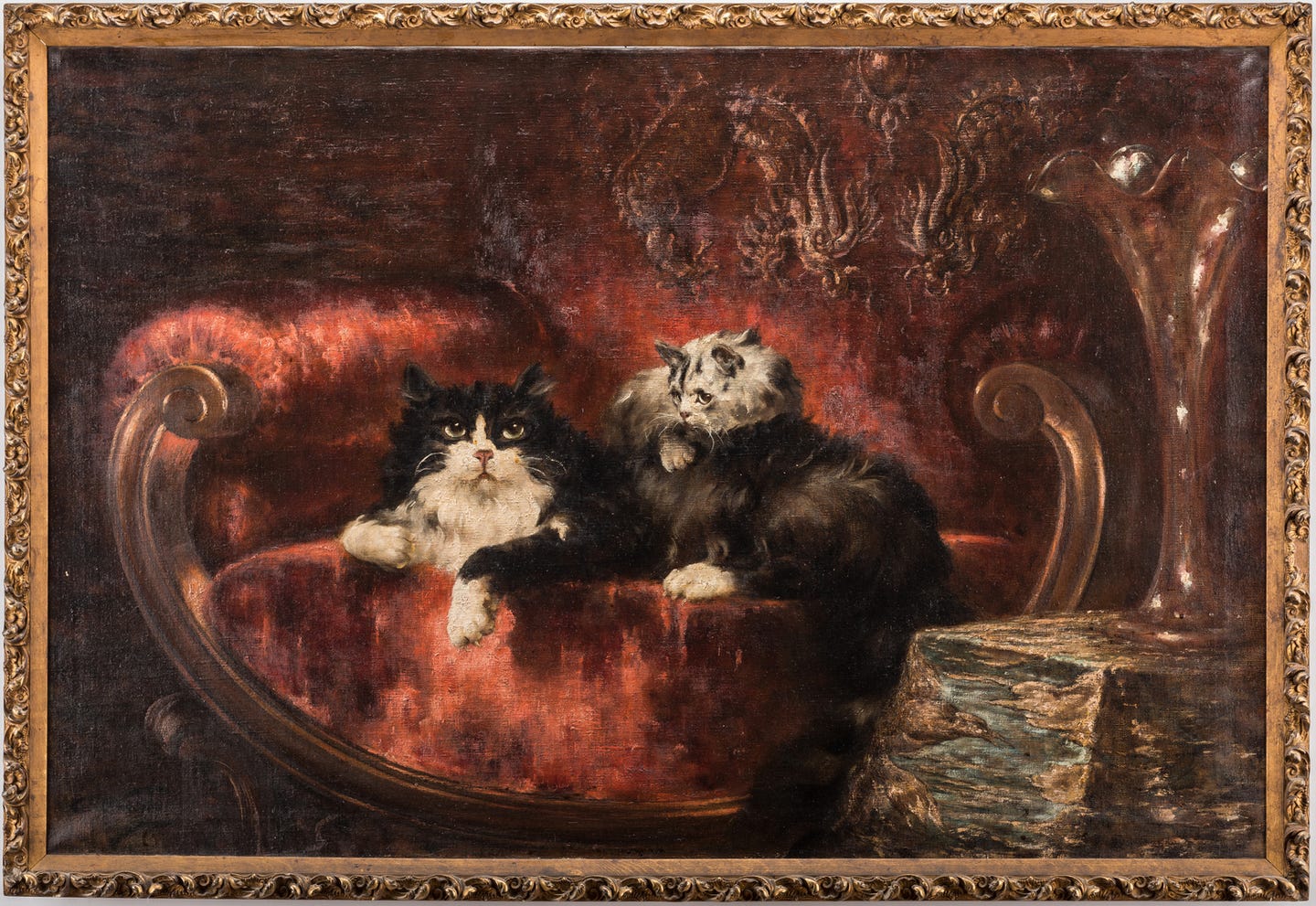
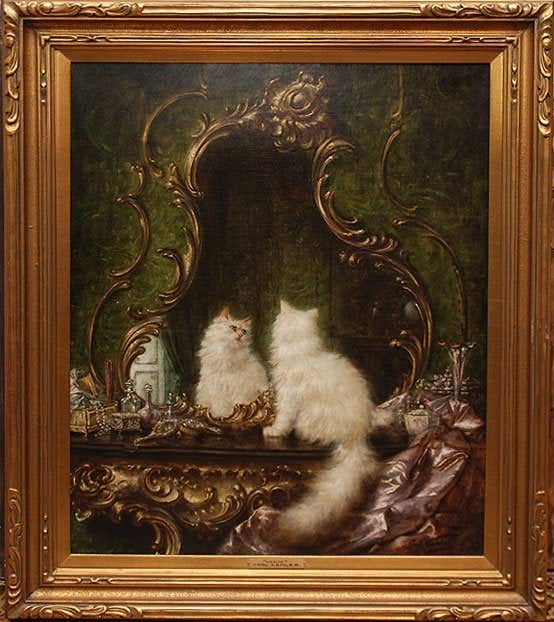
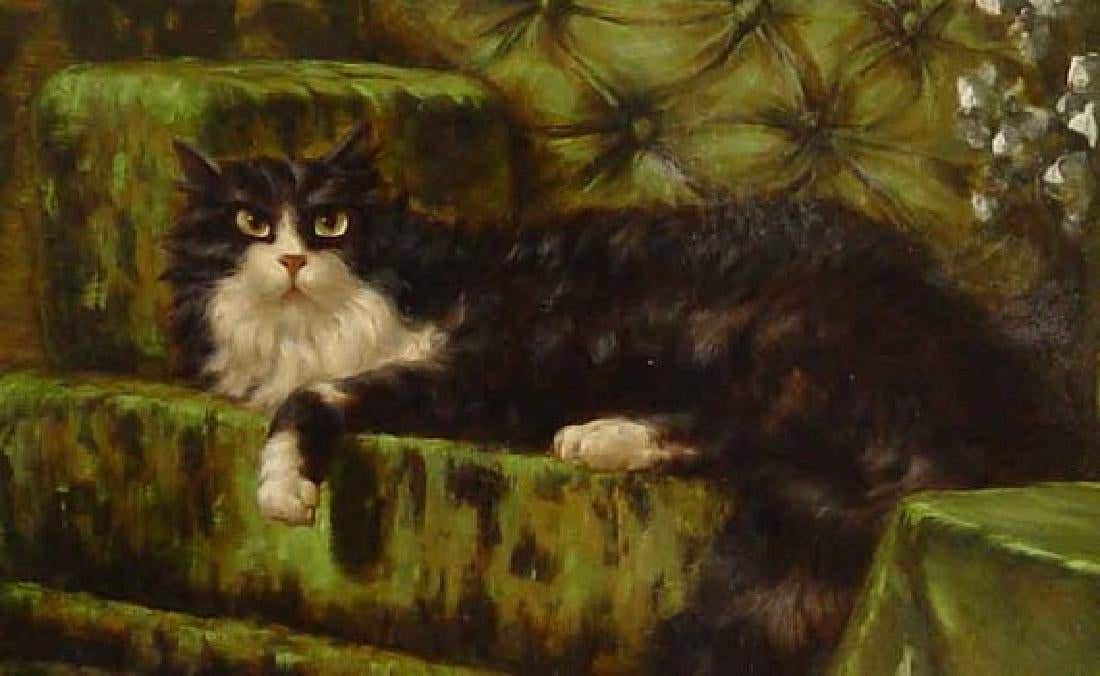
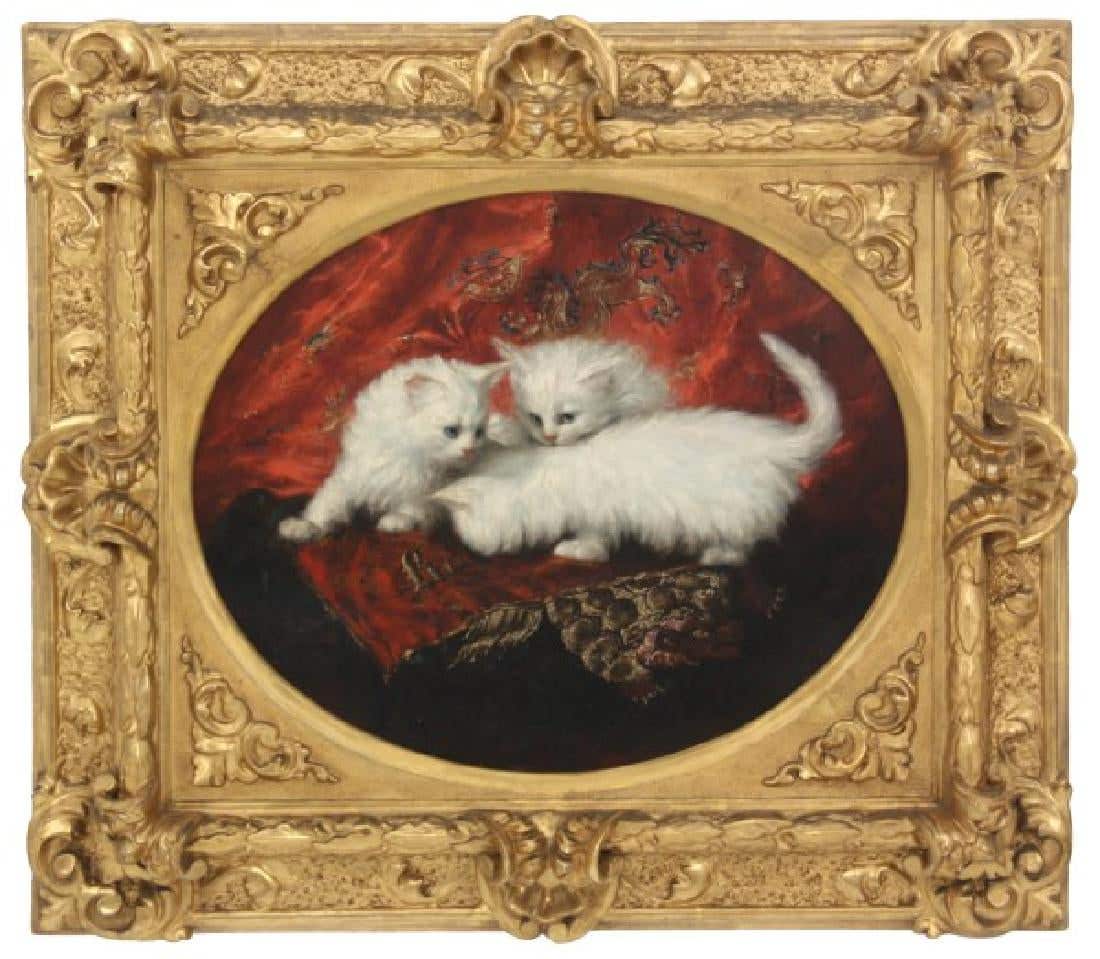
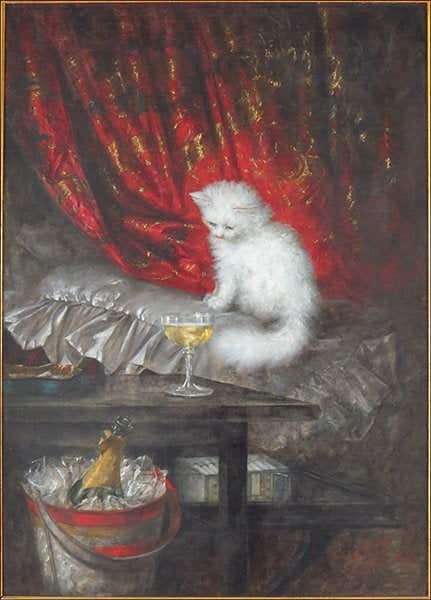
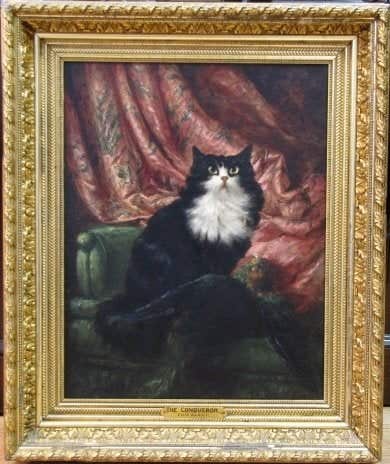
Johnson lent My Wife’s Lovers to the 1893 Chicago World’s Fair, where it was an instant hit. After her death, also in 1893, the painting was acquired by Ernest Haquette at an auction of her estate in 1894. He hung it in his Palace of Art Salon in San Francisco, where it attracted further admirers. The salon was destroyed in the great earthquake of 1906, but the painting survived. Kahler, who had continued painting cats, did not survive the earthquake himself and died at age 49.
Later owners, Mr. and Mrs. Julian of Chicago, sent the painting on tour through the United States in the 1940s and to Madison Square Garden for a cat show. With the Julians’ promotion, Kahler's work became so popular that 9,000 prints were sold after the original painting, and in 1949, Cat Magazine called it “The world’s greatest painting of cats.”
The painting eventually made its way to Sotheby’s and was so large and heavy, the auction house had to build a special wall to display it. Sotheby’s said the reception it received — in person during its exhibition and on social media — was “extraordinary and confirms how many cat lovers there are in the world.”
With an estimate of $200,000-$300,000, a bidding war broke out when it went up for auction on Nov. 3, 2015. It was won for $826,000 by an anonymous California collector, who said it was purchased based on their mother’s fond memories of the image. “I bought a print of it for her, and it hung in her living room until she passed away at 91. Its California history made it all the better,” the buyer said.
As for the famous cats themselves, Carr said it has also been erroneously reported that Johnson left a gift of $500,000 in her will for them. But she did leave a modest amount to a relative to assure that her beloved feline menagerie would be well cared for, and her principal bequest established a hospital for disadvantaged women and children in San Francisco.



